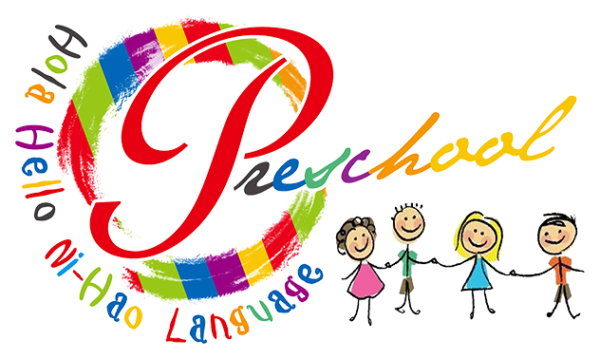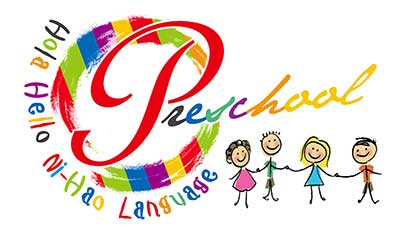
In today’s globalized society, the ability to communicate in multiple languages is becoming increasingly valuable. The world is more interconnected than ever before, and providing children with a trilingual education from an early age can offer them a myriad of benefits. In this blog post, we will explore the incredible advantages of trilingual education for preschoolers and why it is an investment in their future.
1. Cognitive Development:
Research has consistently shown that learning multiple languages enhances cognitive development in children. When preschoolers are exposed to different languages, their brains are stimulated to think more flexibly, improving their problem-solving skills and enhancing their creativity. The mental agility required to switch between languages also improves memory and attention span.
2. Cultural Understanding:
Language is not just a means of communication; it is deeply intertwined with culture. By exposing preschoolers to multiple languages, we open doors to diverse cultures, fostering respect, tolerance, and appreciation for different traditions and perspectives. Trilingual education nurtures a sense of global citizenship, helping children develop empathy and understanding towards others.
3. Enhanced Communication Skills:
Learning multiple languages enables preschoolers to communicate with a broader range of people. They become adept at expressing themselves in different linguistic contexts, expanding their communication skills and building self-confidence. Trilingual children develop a deeper understanding of language structure, grammar, and vocabulary, which positively impacts their overall language proficiency.
4. Cognitive Flexibility and Adaptability:
Multilingualism encourages cognitive flexibility, the ability to switch between different thought processes and adapt to new situations. Preschoolers who are exposed to multiple languages develop a more flexible mindset, allowing them to navigate various challenges and embrace different perspectives. This flexibility extends beyond language learning and can contribute to success in academic and social settings throughout their lives.
5. Future Career Opportunities:
In an increasingly interconnected world, proficiency in multiple languages is a valuable asset. Trilingualism opens up a broader range of career opportunities for preschoolers as they grow older. With globalization, companies are actively seeking individuals who can communicate with diverse populations and understand different markets. A trilingual education provides children with a competitive edge, widening their future prospects and giving them an advantage in an ever-evolving job market.
6. Enhanced Cognitive Reserve:
Research suggests that multilingualism contributes to the creation of a cognitive reserve in the brain. This reserve acts as a buffer against cognitive decline and age-related diseases, such as dementia. By providing preschoolers with a trilingual education, we equip them with a lifelong cognitive advantage that can help maintain their mental acuity well into old age.
Conclusion:
Investing in trilingual education for preschoolers is an investment in their future. The benefits of learning multiple languages extend far beyond communication; they impact cognitive development, cultural understanding, communication skills, and future career opportunities. By embracing a trilingual approach, preschools can provide children with a strong foundation for success in our increasingly diverse and interconnected world. Let’s unlock the world for our little ones and empower them to thrive in a global society.


